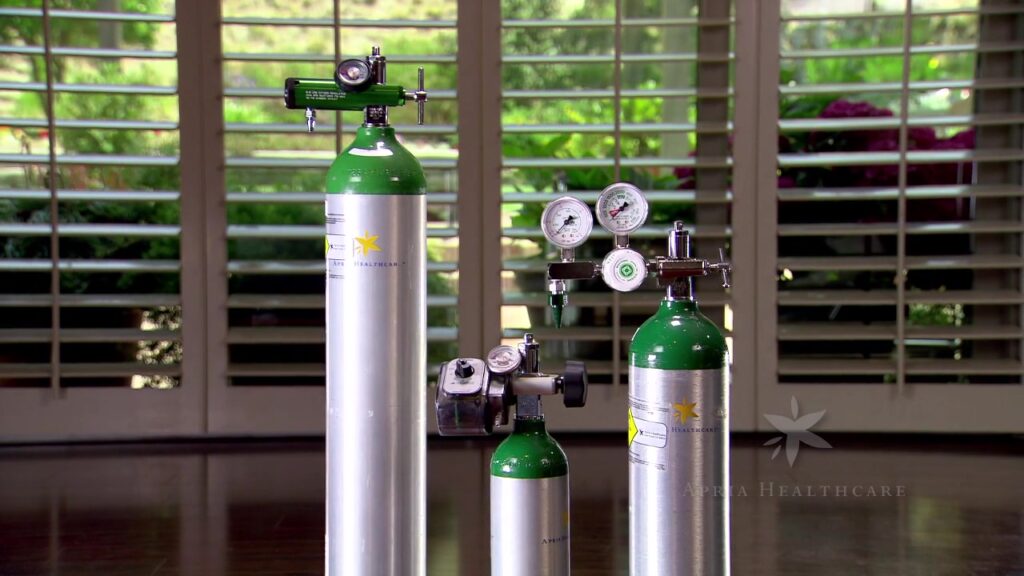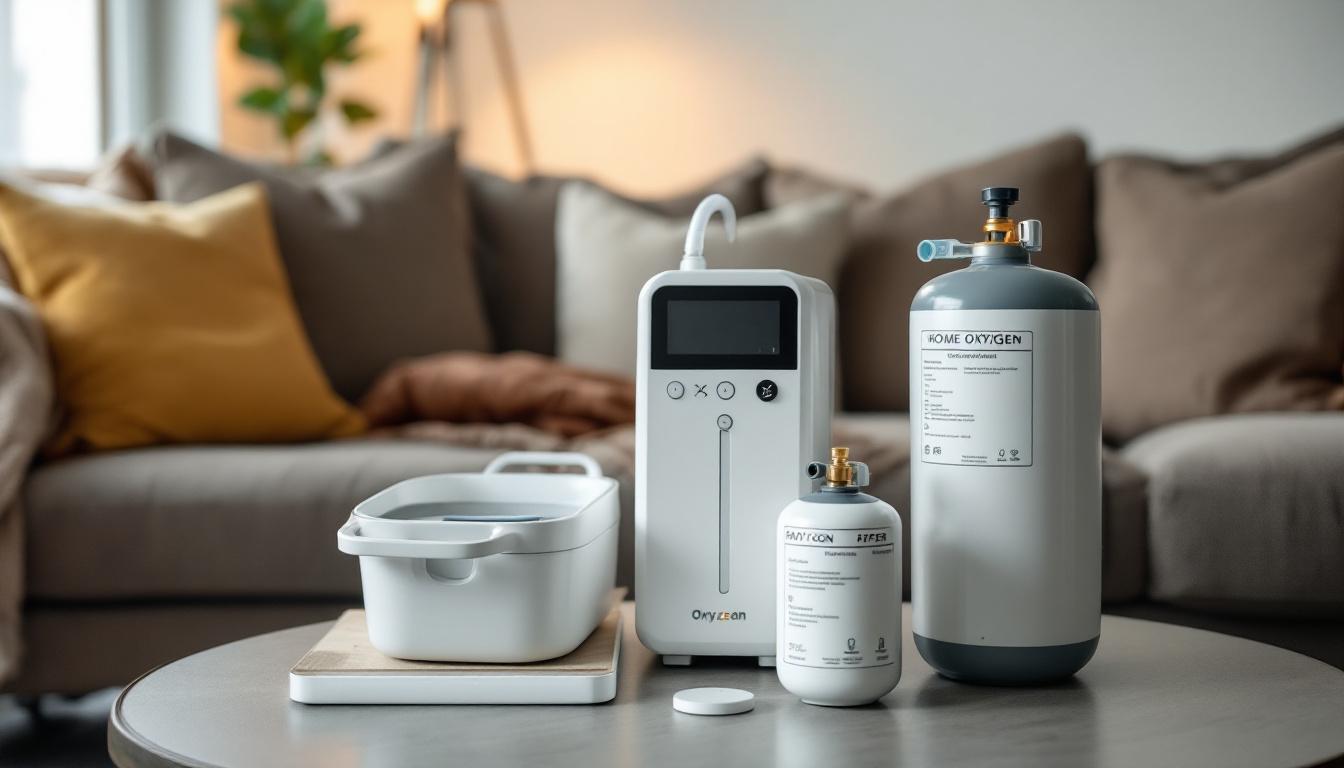In recent years, the demand for home-based medical oxygen therapy has surged, primarily due to the increasing prevalence of respiratory conditions such as chronic obstructive pulmonary disease (COPD), asthma, and other lung-related ailments. For many individuals, having access to medical oxygen supplies at home is not merely a convenience; it is a necessity that can significantly enhance their quality of life. This article aims to explore the essential items required for effective home oxygen therapy, ensuring that patients and their caregivers are well-informed about their options.
Understanding Medical Oxygen Therapy
Medical oxygen therapy involves the administration of oxygen at concentrations greater than that found in ambient air. This therapy is crucial for patients who suffer from conditions that impair their ability to breathe adequately. The primary goal is to maintain adequate oxygen saturation levels in the blood, thereby alleviating symptoms such as shortness of breath, fatigue, and confusion.
From oxygen concentrators and compressed gas cylinders to the necessary accessories, having the right medical oxygen supplies is crucial for maintaining optimal health. Furthermore, adhering to safety protocols and regular maintenance can help mitigate risks associated with oxygen therapy.
Oxygen therapy can be delivered through various methods, including oxygen concentrators, compressed gas cylinders, and liquid oxygen systems. Each method has its advantages and disadvantages, and the choice often depends on the patient’s specific medical needs, lifestyle, and preferences. For instance, oxygen concentrators are often preferred for their portability and ease of use, while liquid oxygen systems provide a more concentrated form of oxygen, making them suitable for patients requiring higher flow rates.
Benefits of Home Oxygen Therapy
Home oxygen therapy offers numerous benefits, particularly for those with chronic respiratory conditions. Firstly, it allows patients to maintain a level of independence and comfort in their own homes, which can be psychologically beneficial. Furthermore, it can reduce hospital admissions and improve overall health outcomes by ensuring that patients receive the necessary oxygen levels consistently.

Moreover, home oxygen therapy can enhance the quality of life by enabling patients to engage in daily activities, such as walking, cooking, or socialising, without the constant struggle for breath. This improved functionality can lead to a more active lifestyle, which is essential for both physical and mental well-being. Additionally, the presence of oxygen therapy at home can foster a sense of security for both patients and their families, knowing that they have the support needed to manage their condition effectively. It also encourages adherence to treatment plans, as patients are more likely to follow through with therapy when it is integrated into their daily lives, rather than being confined to a clinical setting.
Learn more at: Oxygen Tank for Home Use: What You Need to Know
Essential Medical Oxygen Supplies
To effectively manage home oxygen therapy, several essential supplies are required. These items ensure that oxygen is delivered safely and efficiently, allowing patients to receive the therapy they need without complications. Read about pressure on https://www.health.harvard.edu/heart-health/blood-pressure-how-low-should-you-go
Oxygen Concentrators
An oxygen concentrator is a vital piece of equipment for home oxygen therapy. These devices work by filtering ambient air and removing nitrogen, delivering concentrated oxygen to the patient. They are typically powered by electricity and can provide a continuous supply of oxygen, making them ideal for long-term use.
When selecting an oxygen concentrator, it is essential to consider factors such as flow rate, portability, and noise levels. Many modern concentrators are designed to be lightweight and quiet, allowing patients to use them comfortably while going about their daily activities. Additionally, some models come equipped with advanced features such as built-in alarms that alert users to any malfunctions or low oxygen levels, ensuring peace of mind for both patients and caregivers.
Compressed Gas Cylinders
Compressed gas cylinders are another common method of delivering oxygen. These cylinders are filled with high-pressure oxygen and are available in various sizes, catering to different needs. While they are portable and can be used in various settings, they require careful handling and storage due to the high pressure involved.
Patients using compressed gas cylinders should be educated on how to handle them safely, including proper storage and transport methods. Regular inspections are also necessary to ensure that the cylinders are in good condition and that the oxygen supply is adequate. Furthermore, it is important for users to be aware of the weight of the cylinders, as larger tanks can be cumbersome and may require assistance for transport, especially for those with mobility challenges. Accessories such as carry bags or trolleys can greatly enhance convenience and safety.
Liquid Oxygen Systems
Liquid oxygen systems are less common but offer a highly efficient alternative for patients who require a large volume of oxygen. These systems store oxygen in a liquid state, which is then converted back to gas for use. Liquid oxygen is particularly advantageous for those who need a high flow rate and prefer a portable solution.
However, liquid oxygen systems require careful handling and maintenance. Patients and caregivers should receive thorough training on how to operate these systems safely, including information on refilling and transporting the liquid oxygen. Additionally, it is crucial to understand the importance of keeping the liquid oxygen container upright to prevent spills and ensure optimal functioning. As liquid oxygen evaporates quickly, users should also be mindful of the amount of oxygen available, planning ahead for refills to avoid running out unexpectedly.
Accessories for Oxygen Therapy
In addition to the primary oxygen delivery systems, several accessories can enhance the effectiveness and comfort of home oxygen therapy. These items play a crucial role in ensuring that patients receive their prescribed oxygen levels without complications.
Nasal Cannulas and Masks
Nasal cannulas are one of the most common accessories used in oxygen therapy. They consist of two small prongs that fit into the nostrils, allowing oxygen to be delivered directly into the nasal passages. Nasal cannulas are lightweight and comfortable, making them suitable for long-term use.
For patients who require a higher concentration of oxygen, masks may be more appropriate. Oxygen masks cover the nose and mouth, providing a more effective seal and allowing for a higher flow of oxygen. It is essential to choose the right type of mask based on the patient’s needs and comfort level. To find more about comfort click here.
Oxygen Tubing
Oxygen tubing connects the oxygen source to the delivery device, such as a nasal cannula or mask. The tubing should be of adequate length to allow patients to move freely within their home. It is also essential to ensure that the tubing is free from kinks or obstructions, as these can impede oxygen flow.
Regular cleaning and maintenance of oxygen tubing are necessary to prevent infections and ensure optimal performance. Patients should be advised on how to clean the tubing properly and when to replace it.
Humidifiers
Oxygen therapy can sometimes lead to dryness in the nasal passages and throat. To combat this, a humidifier can be used in conjunction with the oxygen delivery system. Humidifiers add moisture to the oxygen, making it more comfortable for patients to breathe.
There are various types of humidifiers available, including bubble humidifiers and heated humidifiers. The choice of humidifier will depend on the patient’s specific needs and the type of oxygen delivery system being used.
Safety Considerations
Safety is paramount when it comes to home oxygen therapy. Patients and caregivers must be aware of potential hazards and take necessary precautions to ensure a safe environment.

Fire Safety
Oxygen is a highly flammable substance, and its use requires strict adherence to fire safety protocols. Patients should be educated on the importance of keeping oxygen equipment away from open flames, heat sources, and flammable materials. Smoking should be strictly prohibited in any area where oxygen is in use.
It is also advisable to have a fire extinguisher readily available and ensure that all household members are informed about the risks associated with oxygen therapy.
Regular Maintenance and Inspections
Regular maintenance and inspections of oxygen equipment are crucial for ensuring safety and functionality. Patients should be encouraged to schedule routine check-ups with their healthcare provider to assess their oxygen needs and the condition of their equipment.
Additionally, caregivers should be trained to recognise signs of malfunction or wear in the equipment, ensuring that any issues are addressed promptly to prevent complications.
Conclusion
Home oxygen therapy can significantly improve the quality of life for individuals with respiratory conditions. By understanding the essential items required for effective therapy, patients and caregivers can ensure that they are well-equipped to manage their oxygen needs safely and effectively.
As the landscape of healthcare continues to evolve, the importance of home-based therapies like oxygen therapy cannot be overstated. With the right knowledge and resources, patients can lead fulfilling lives while managing their respiratory conditions from the comfort of their own homes.